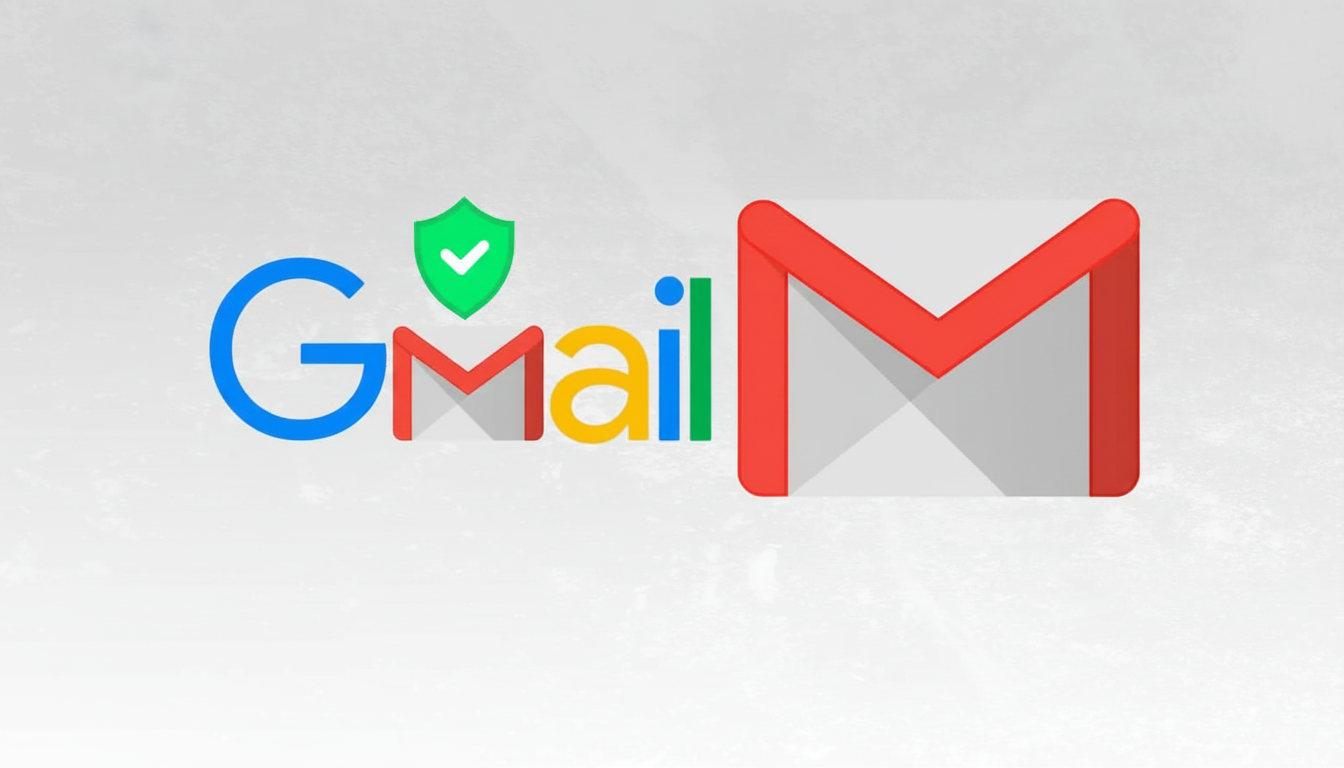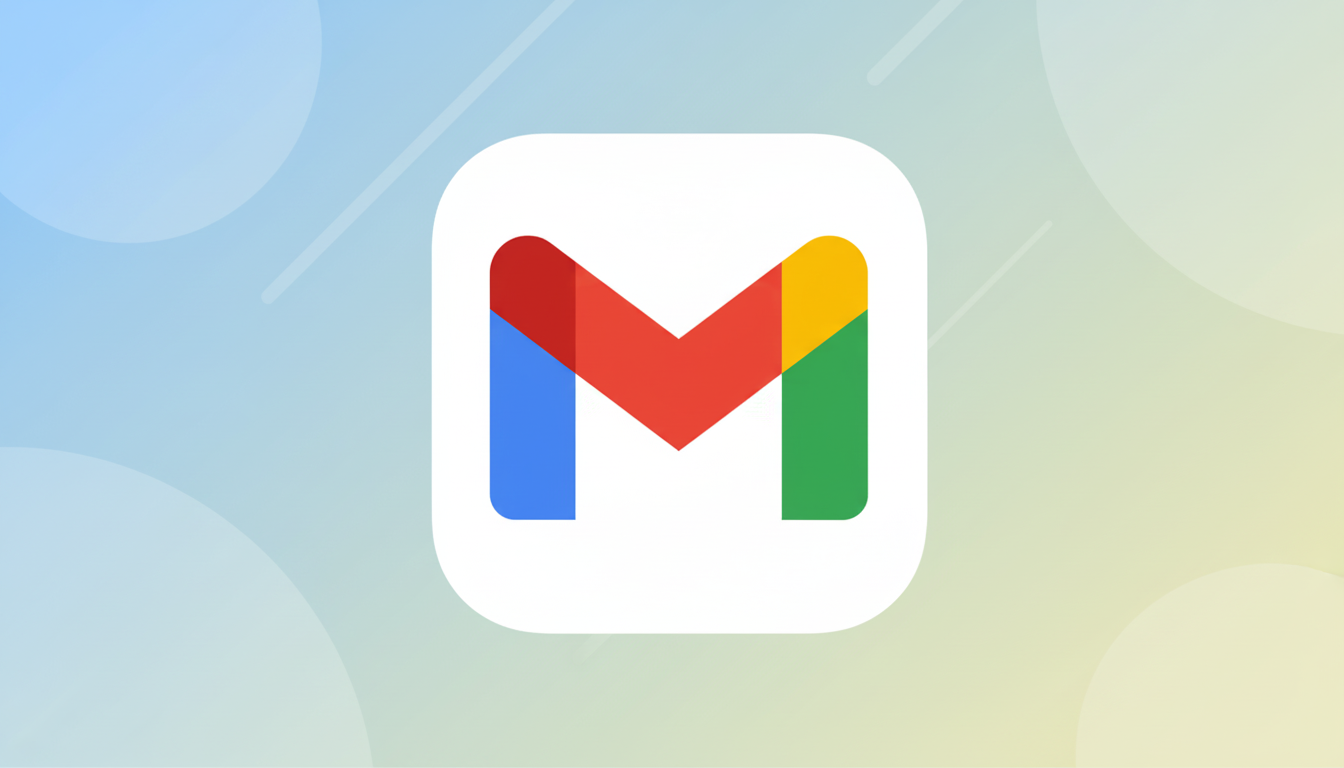Google is refuting reports of a widespread hack that hit millions of its Gmail accounts last week, saying users were hand-wringing over mere thousands and the media had blown the incident out of proportion.
The tech giant described it as misinformation spread by “unsolicited” news sources who don’t understand hackers’ methods of spreading data theft fears.

What Led to the False Alarm About a Massive Gmail Breach
The hullaballoo started when the long-running breach-notification site Have I Been Pwned, run by security researcher Troy Hunt, ingested a set of 183 million compromised account records. Those logins were provided by Synthient, a threat intelligence company that pulls eXposed credentials from a variety of sources across the web, including infostealer logs and previously disclosed breaches.
And critically, the dataset was not from one compromise nor a single breach of Gmail or any other service. According to Hunt, only 9% of the 183 million records were new to his platform, indicating about 16.4 million had never even been seen there before. The remainder were already in circulation from previous incidents. A few outlets took the importation as proof that Gmail had been freshly hacked, when it was in fact a large compilation of credentials scooped up during many attacks.
What Google Says And What The Numbers Show
In a thread on X, Google stated that there was nothing to indicate a Gmail security issue and characterized the stories as inaccurate. The company emphasized that its defenses are still in place, and the dataset is a mix of data from other services, not a direct breach of Gmail accounts. Engadget also covered Google’s clarification on the confusion.
Google said that it regularly checks for large credential dumps and takes action as needed, which can involve forcing password resets on exposed accounts or employing stricter challenge prompts. That matches what the data shows here: a wide-ranging, multi-source collection of stolen logins that looks more like credential stuffing lists than a platform-specific breach.

How Infostealer Dumps Fuel Confusion About Breaches
Infostealer malware quietly steals usernames, passwords, cookies, and tokens from infected devices. Criminals then aggregate those “logs” with credentials from other breaches to create massive combo lists that are used for credential stuffing — automated attempts at using the same passwords across a huge number of different sites. These lists can include email addresses from innocent but widely used domains, meaning they can mistakenly be seen as proof of a single-service hack.
Have I Been Pwned now contains over 12 billion records across thousands of breaches, a reminder that what appears to be one ginormous breach is often a pool of previously released data with an inkling of new stuff. We’ve been down this road before with mega-collections like the “Collections” breaches that generated all sorts of scary press despite being 99% credential recycling. Security reports, including the annual Data Breach Investigations Report from Verizon, show stolen credentials consistently in the top ways that attackers first get onto systems; hence these collections remain so prevalent — and misunderstood.
Safeguarding Accounts In The Age Of Credential Stuffing
That’s not a call for complacency, but rather for context. Even if your Gmail account was not breached, cybercriminals can still access it and compromise other accounts you use the same password for. Google suggests turning on two-step verification and using passkeys, which removes passwords from the login process and is designed to be resistant to phishing. Earlier, the company said there has been a 50% reduction in compromised accounts of users auto-enrolled into two-step verification.
Practical steps:
- Enable two-step verification or passkeys for your Google Account.
- Perform a Security Checkup and review third-party applications.
- Use a good password manager to generate one-off credentials for every site and change any passwords that appear in a breach notification.
- Hunt’s service is a handy way to know when an email address appears in new dumps, but consider each alert as a reminder to bolster your security posture — and not as confirmation that an individual provider was hacked.
Bottom line: no massive Gmail breach, but stay vigilant
It’s unlikely that there has been a vast Gmail breach behind the 183 million-record dataset. The list is a collection from various sources, not an actual breach of Google’s mail platform. Still, the episode is an apt reminder that the real danger is in password reuse and credential-stuffing efforts, and that the strongest defense is to layer on strong authentication with modern phishing-resistant techniques.

